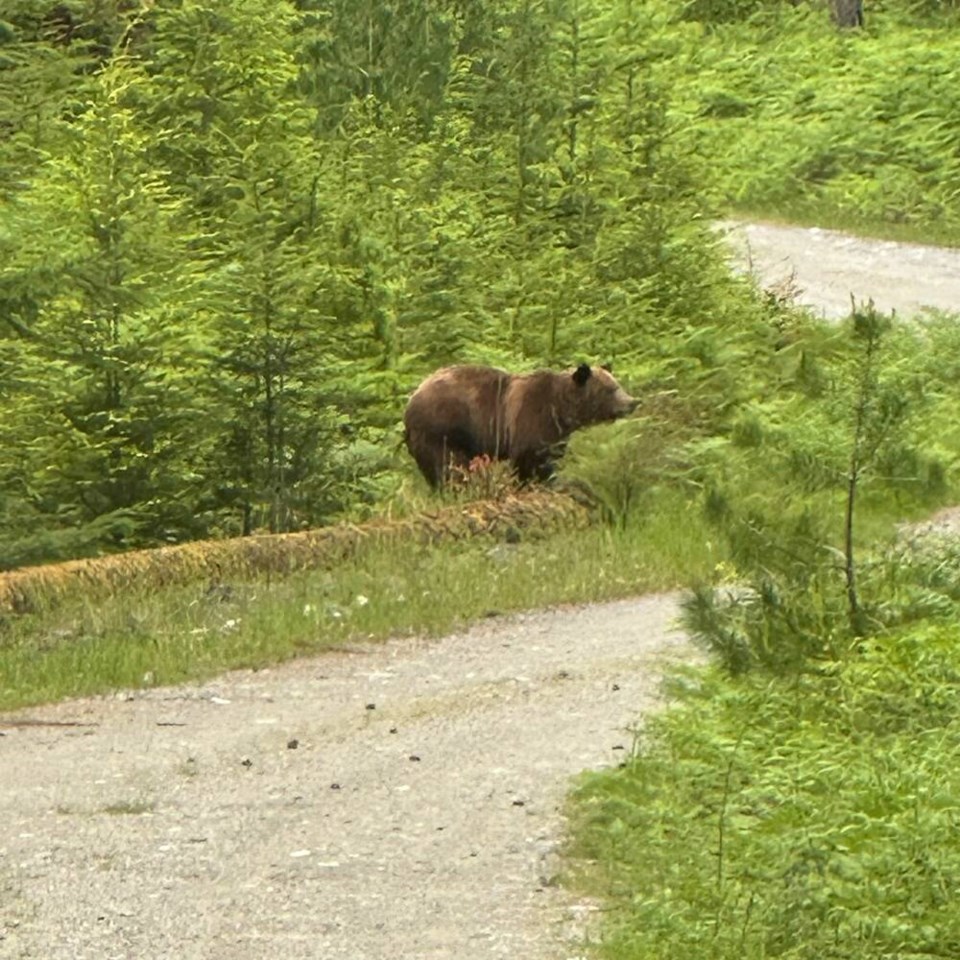A commentary by the director of the Wild Origins of Canada Foundation, a B.C.-based non-profit.
The recent death of a well-known grizzly bear on Texada Island has sparked considerable debate, highlighting the complexities of managing large wildlife in rural communities.
The incident appears to underscore a significant disconnection between those living with grizzly bears and external organizations or authorities, whose decision-making processes may not always reflect the realities faced by locals.
Throughout the world — from rural Africa to the margins of India — communities regularly confront challenges posed by dangerous wildlife.
When local concerns are not adequately addressed, people may feel compelled to act on their own, sometimes with irreversible consequences.
The situation on Texada Island suggests that frustration over delayed decisions and a perceived lack of consideration for local voices played a role in the outcome.
Organizations such as the Grizzly Bear Foundation have contributed to grizzly bear conservation policy in British Columbia.
However, the perception among some rural residents is that their perspectives have a disproportionate influence on provincial wildlife management strategies and the mandate of the B.C. Conservation Officer Service.
When government agencies refer to outside urban organizations as “partners”, it becomes even more important to ensure that local community members are actively involved in the decision-making process.
In this case, the grizzly bear in question had a prior history of conflict, and similar patterns unfolded on Texada Island.
It is possible that, without external political pressures, the B.C. Conservation Officer Service might have acted more promptly to mitigate the risk to a resident of the island.
After all, public safety is at the core of its mandate. When locals feel their safety is at risk and their voices marginalized, the likelihood increases that individuals may take matters into their own hands.
Research from Alberta has revealed similar feelings of disenfranchisement among rural residents, with some expressing that their concerns about dangerous wildlife are not sufficiently heard.
In those cases, there have been increases in wildlife fatalities not resulting from official management decisions, but from independent action.
Alberta has since made steps to reconcile this frustration with rural people through a citizen-government grizzly conflict mitigation program using licensed hunters.
While the program may be as much a social placebo as it is a wildlife management tool, the program will likely save more bears’ lives that it takes. Isn’t this what conservation should be about — people and wildlife?
Grizzly bears are inherently powerful and unpredictable animals. While they may appear calm, their behaviour can change abruptly — a reality that necessitates cautious and informed management.
It is natural for humans to feel apprehensive about sharing their home with large predators; this instinct has played a role in our species’ evolution and safety.
Calls for coexistence, though well-intentioned, must recognize the unique challenges faced by rural communities. Often what groups refer to as coexistence is telling rural people they should cohabitate with the bears.
If you need to understand one aspect of rural culture it is that unwanted advice from outsiders is unwanted.
It is important to acknowledge the right of people — regardless of location — to feel safe in their homes and on their land. Urban residents would not expect to live with open doors for raccoons, mice or skunks; likewise, rural communities should not be expected to accept the presence of large, potentially dangerous wildlife without robust support and engagement and swift action that shows that the authorities care about them as much or more than the animal.
While the efforts of First Nations to have the bear relocated to their territories was admirable, the reality that British Columbians need to also be aware of, as I have learned listening to First Nation leaders across the province, is that grizzly bears that are a threat to their communities, especially when children and elders are at risk, are killed.
This relationship between First Nations and grizzly bears has shaped the ecosystems in the province to what exists today. It’s not about disrespect or hate for bears. It’s about balance.
Since the ban on grizzly bear hunting in British Columbia, concerns have emerged about decreased government expertise, reduced research and an increase in both unreported bear deaths and community frustration.
Conservation efforts must balance the well-being of grizzly bears with the legitimate rights and needs of people living nearby. A collaborative, transparent approach — one that includes local voices as equal partners — is essential for successful wildlife management and for preventing future tragedies.
Ultimately, the goal should be a thoughtful, respectful balance between conservation and community safety, so that both people and wildlife can thrive in British Columbia.
>>> To comment on this article, write a letter to the editor: [email protected]



